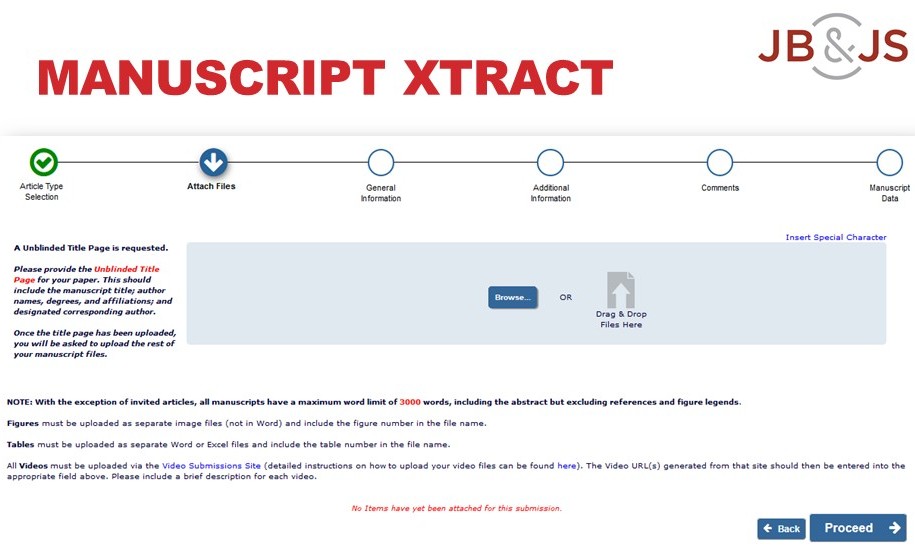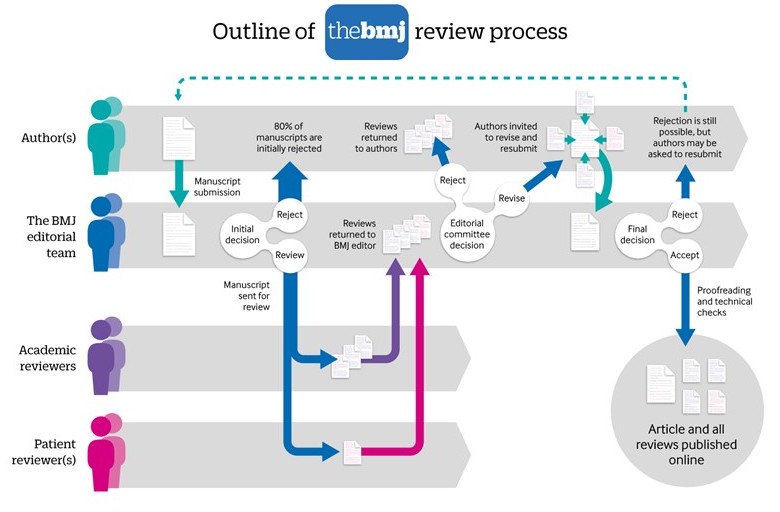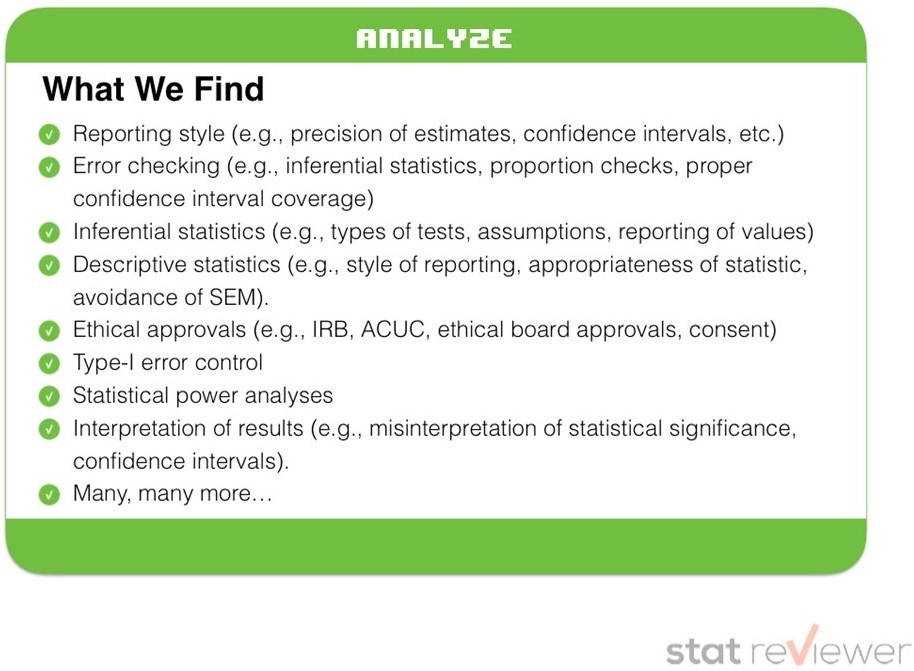MODERATOR:
Brit Stamey
Client Manager, Senior Copy Editor
J&J Editorial
Cary, North Carolina
SPEAKERS:
Christina Nelson
Editorial Operations Manager
The Journal of Bone and Joint Surgery, Inc.
Needham, Massachusetts
Trish Groves
Director of Academic Outreach, BMJ
Editor in Chief, BMJ Open
London, United Kingdom
Tim Houle
Chief Scientist
StatReviewer
Boston, Massachusetts
REPORTER:
Brit Stamey
Peer-review innovations can range from utilizing cutting-edge advances in technology to making editorial changes to help streamline existing processes. This year’s session on New Innovations in Peer Review presented 3 different perspectives that showed the spectrum of innovation.
Christina Nelson began the session with an introduction to recent changes that The Journal of Bone & Joint Surgery (JBJS) has made to improve their overall peer-review process. In particular, they have revised both their workflow and some of their system interfaces to shorten and streamline peer review. Some of the processes Nelson outlined were using weekly automated editor reminder emails, weekly editor queue statistics emails, and monthly emails detailing editor acceptance rates and transfer rates. For peer reviewers and authors, they have shortened the deadlines they are given for reviews and revisions, respectively.
They have also added manuscript Xtract in Editorial Manager, which can pull the title, author names, affiliations, and abstract from a designated file (a title page in the case of JBJS to maintain double-blind review) and enter them into the submission form (Figure 1).

This provides a cleaner interface, reduces manual data entry, and creates a more intuitive experience. JBJS is still in the beginning stages of implementing these changes, so we hope to hear more in the future about the outcomes and lessons learned from their workflow and submission system innovations.

Trish Groves followed up by talking about the processes of open review that have been utilized at the BMJ including open peer review, patient review, and reviewer discussions (Figure 2). The open review process at the BMJ includes prepublication histories. Groves discussed the inclusion of both academic reviewers and patient reviewers in the BMJ peer-review process. Data presented at the International Congress on Peer Review and Scientific Publication indicated that “all editors reported patient reviewers ‘occasionally’ include insights not raised by other reviewers; 6 of 7 editors ‘occasionally’ and 1 of 7 editors ‘frequently’ find patient reviewers’ comments helpful when advising authors on revisions to manuscripts,” and on the part of the patient reviewers, “122 of 164 . . . (74%) responded to a survey, and 100 of those patient reviewers (82%) would recommend being a patient reviewer for the BMJ to other patients and carers.”
Groves also touched on open research platforms and the partnership model of peer review used at eLife and BMJ Open Science. This form of collaborative open review includes initiating a discussion between the chosen reviewers who then come to a consensus about whether the paper will be rejected or should be revised. The referees will also work together on papers that are not rejected to identify what additional studies are needed.
Tim Houle concluded the session by discussing StatReviewer’s ability to automate the peer review of statistical information (Figure 3). Houle began by talking about the problem that StatReviewer attempts to address: poor statistical analyses in medical journals, including erroneous conclusions, incorrect statistical methods, and potential omission of crucial information for reproducing a study because of the difficulty of identifying qualified statistical reviewers. StatReviewer provides an automated peer-review report that focuses on finding errors in areas like reporting style, statistics, ethical approvals, and interpretation of results.

Houle also discussed the types of reports StatReviewer is able to produce including a classic report (similar to traditional peer-review comments), an editorial review (with information geared more toward the editorial office rather than the author), checklists (to show if a paper has adhered to specific guidelines), and their newest report—which is still in process—scores (this would provide a quick glance at the strengths/weakness before delving into one of the more in-depth reports).
The New Innovations in Peer Review session this year showed the wide range of innovations that can be employed to make the peer-review process quicker, more efficient, and more transparent while continuing to provide high-quality reviews to authors and editors. From system and workflow changes at JBJS to open and patient review at the BMJ to StatReviewer’s automated statistical reviewer, this session offered a lot of ideas about improving and innovating the peer review process.
Links to Presentations
